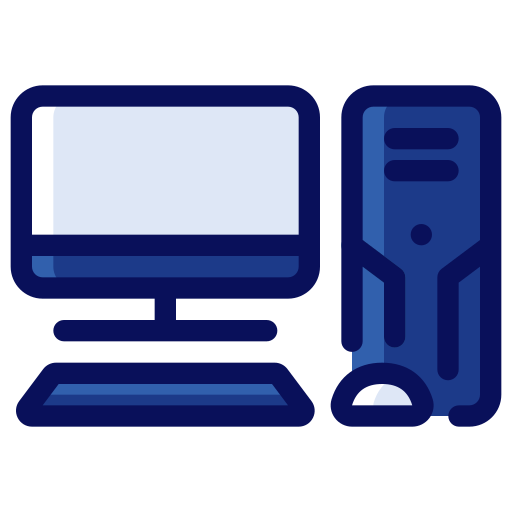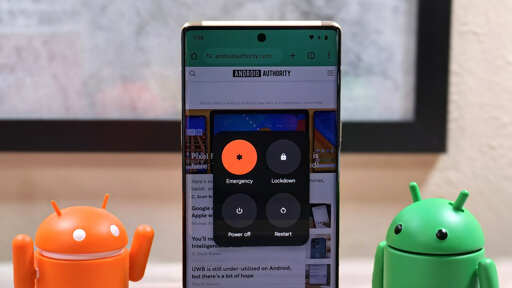This is a secondary account that sees the most usage. My first account is listed below. The main will have a list of all the accounts that I use.
Garbage: Purple quickly jumps candle over whispering galaxy banana chair flute rocks.
- 22 Posts
- 547 Comments

 1681·2 days ago
1681·2 days agoI want AI to do my chores not play my games.

 3·8 days ago
3·8 days agoWith a positive expected value, in theory, so long as we’re able to sustain growth forever.

 14·9 days ago
14·9 days agoI think you’re just asking when people form their first coherent memories.
This is about 2 to 3 years old.

 6·10 days ago
6·10 days agoThey don’t need to run failure studies. That basic characterization work is mostly already done for you. Component vendors (should) publish tables of mean time between failure for the components you’re buying that can be used to get a rough estimation with just a few minutes of effort. Typically it’s indexed by temperature, like for caps, but depends on the part.
Now, does the bottom of the market actually use those tables? I can’t say for sure. I know one high power headlamp company does this for their LED drivers to balance lifetime with output, but I can’t know for sure what every business does.

 21·10 days ago
21·10 days agoThe LED bulb itself is not typically the reason that these fail. There’s also complex regulation circuitry which consists of far more complex components than a single LED. Electrolytic capacitors and driver circuits can have shorter lifetimes than the actual bulb.
With that said, manufacturers know this, so they also tend to overdrive lower cost LEDs to bring the failure rates in line with the rest of the circuit. This sounds like this may be what has happened to you just based on the dimming, but without knowing exactly how they have wired it up, it’s difficult to be sure.

 5·11 days ago
5·11 days agoAnd that’s fantastic! That’s what technology is supposed to do IMHO - Give you more free time because of that efficiency. That’s technology making life better for humans. I’m glad that you’re experiencing that.
If they’re not hallucinating as you use them, then I’m afraid we just have different experiences. Perhaps you’re using better models or you’re using your tools more effectively than I am. In that case, I must respect that you are having a different and equally legitimate experience.

 15·11 days ago
15·11 days agoI do have a concern for the health of the overall ecosystem though. Don’t all good devs start out as bad ones? There still needs to be a reasonable on-ramp for these people.

 4·11 days ago
4·11 days agoIt’s rare to see such a complete and well-thought-out response anywhere on the Internet. Great job in capturing the nuance. It’s a powerful and often-misused tool.

 22·11 days ago
22·11 days agoIt sounds to me like you’ve got a good head on your shoulders and you’re actually using the tool effectively. You’re keeping yourself in control and using it to expand your own capabilities, not offloading your job responsibilities, which is how more inept management views AI.

 4·11 days ago
4·11 days agoI think your question is covered by the original commentator. They do hallucinate often, and the job does become using the tool more effectively which includes capturing and correcting those errors.
Naturally, greater efficiency is an element of job reduction. They can be both hallucinating often and creating additional efficiency that reduces jobs.
Still a bargain.

 13·16 days ago
13·16 days agoEven in terms of story, the content is no longer optimized for quality. It’s optimized for watchability which generally refers to the ease of viewing even when you’re not completely paying attention.
They somehow found a way to even further commercialize and mass produce the moving picture.

 3·16 days ago
3·16 days agoInteresting. All the systems that I knew of they were refreshing to use ethernet with static IP address addresses instead.

 52·16 days ago
52·16 days agoI think optical media is a dead platform. Hence, there is an apparent lack of interest I think in implementing alternative solutions. I’ve had success with MakeMKV using the docker container approach, but never tried to rip UHD.
The Corpo-inspired future is that you should not get to own any of your media outright. They will decide when you can stream it and to which devices. Piracy is quickly becoming the only viable option if you value your freedom, and it’s a very unfortunate state of things.

 32·17 days ago
32·17 days agoVery cool. I’ve used this for about a five year period in my career. Used it to control test equipment, and there’s definitely systems out there today still using it.

 18·20 days ago
18·20 days agoThe one platform where I’m actually excited for the new update.
We’ve got representatives attacking the postal service for not being highly profitable. We aren’t at square one of investing in the public good even when it pays in the long run.
Costs are borne by all, but profits only for the few.













Checks out.